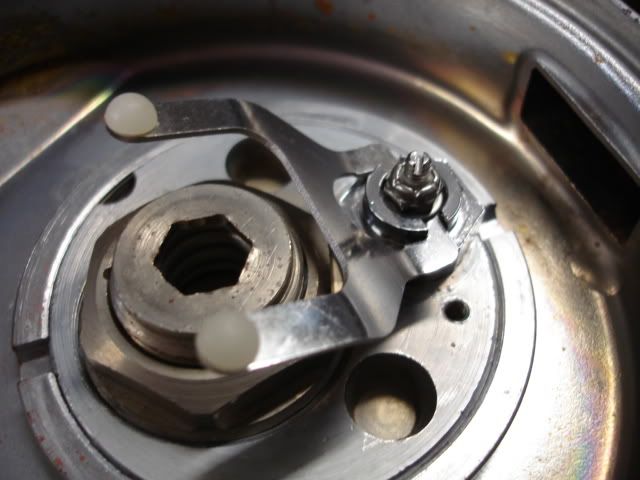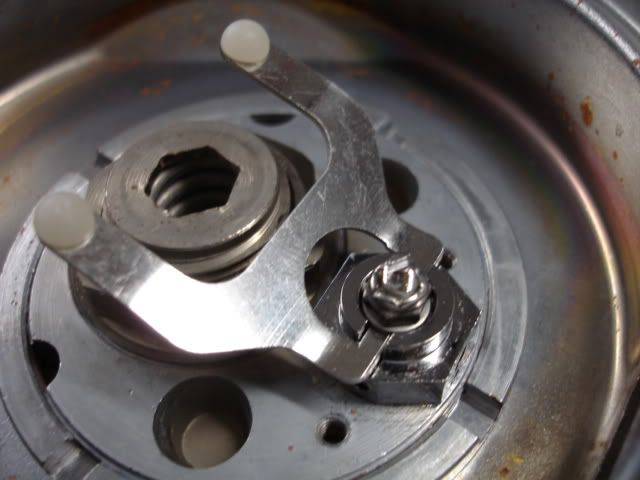The back bend doesn’t provide any mechanical advantage. The mechanical advantage is calculated by the linear measurements between the points of contact (the points where the forces are applied). They include the fulcrum point, the load point, and the reaction point (they are actually not points, but more like contact lines in this case).
The Trieste has actually lower mechanical advantage due to the limited space. The lever length of the Trieste is fairly short.
It also has a major flaw in the feet area of the lever. There is too much friction and almost some binding in the Trieste. The loads are small enough that it is hard to measure, but it is there.
The lever in the Mentor has a similar shape near the feet of the lever, but it looks to have much better details. Again the actual shape of the lever (between the contact points) is irrelevant. It is just the distance between the points where the forces are applied that makes a difference.
In my design I kept the lever design simple and optimized it to reduce friction and prevent any possibility of binding. Important factors in the design included the material selection (of the bearing/ contact surfaces in particular), the clearances and tolerances, and some of the details.
If you want to learn more about regulator mechanics, I would recommend Pete Wolfinger, Regulator Savvy Book. It is an excellent book about regulator mechanics. The book does have a couple of small mistakes, one in particular about the subject of lever mechanical advantage, but it is just a small detail that is not critical to the explanation. If you buy the book I will be glad to explain the small mistake.



